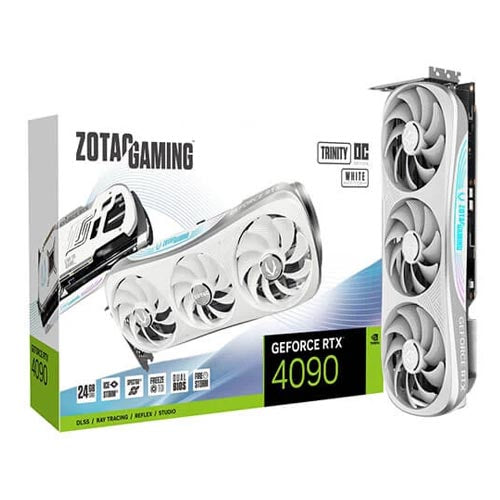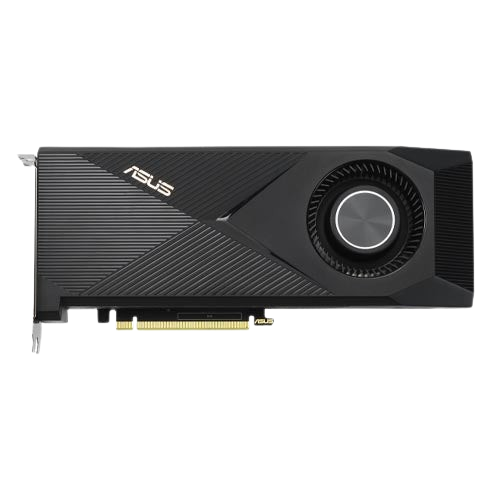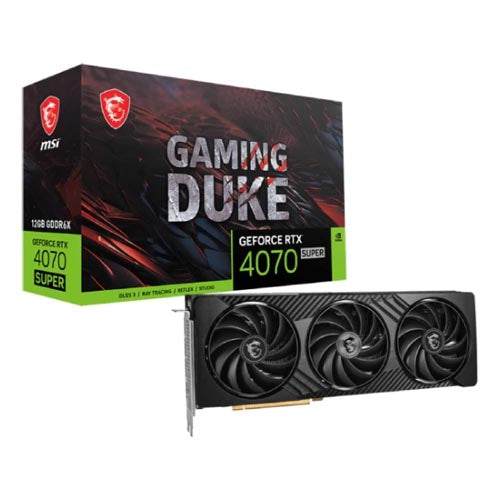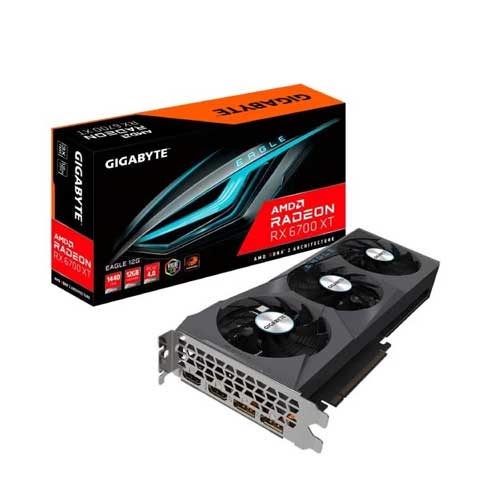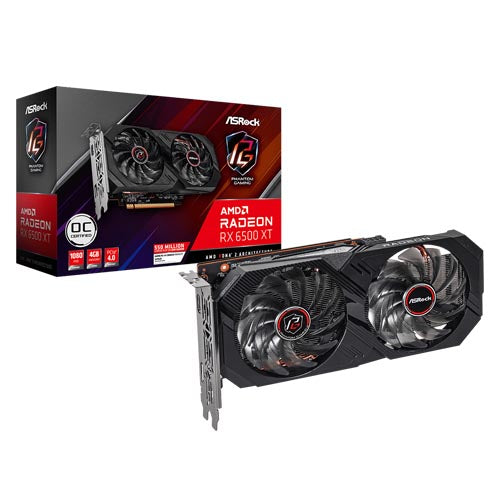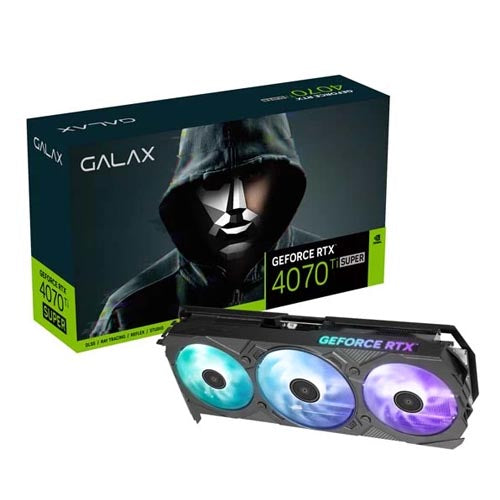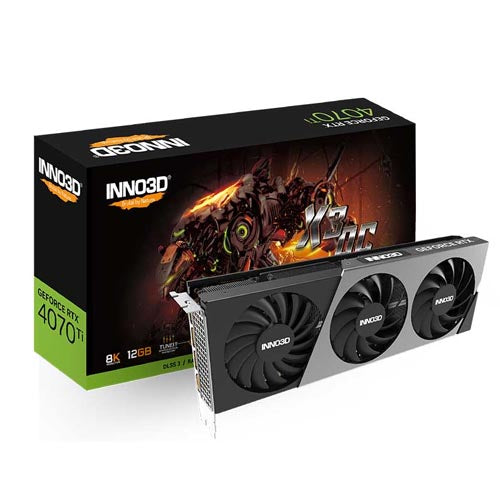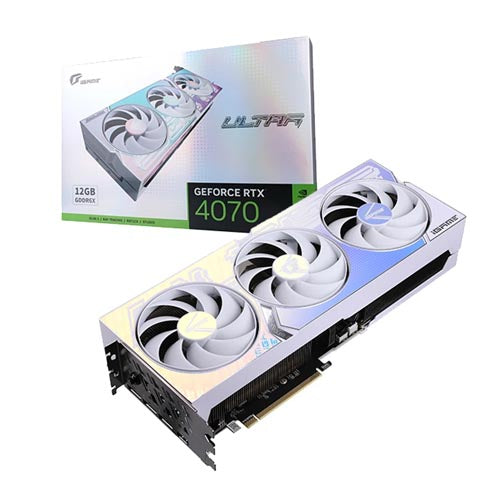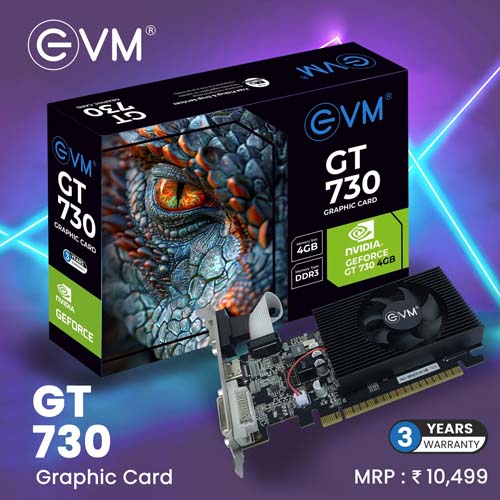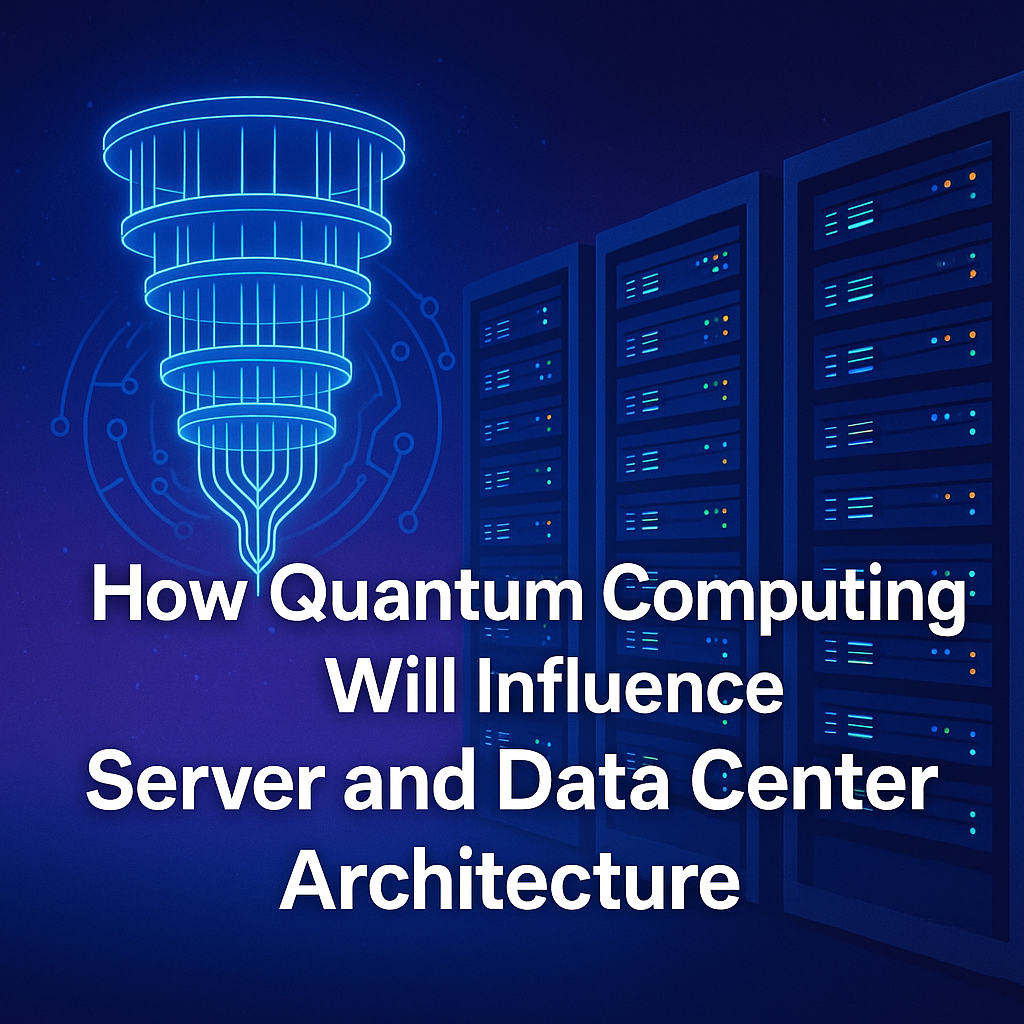
In the era of data explosion and automation, traditional IT infrastructure often falls short of delivering the speed, intelligence, and agility modern enterprises demand. Enter AI-powered servers — robust systems equipped with high-performance GPUs, massive memory, and AI-native software stacks — designed to handle everything from real-time analytics to large-scale inference tasks.
This blog unpacks the technical architecture, deployment models, and real-world use cases of AI-powered servers in business environments. From containerized workflows to deep learning acceleration, we’ll explore how this infrastructure is reshaping business efficiency across industries.
1. What Makes a Server “AI-Powered”?
At its core, an AI-powered server integrates:
-
-
GPUs (Graphical Processing Units) – such as NVIDIA A100 or H100, capable of thousands of parallel operations.
-
AI/ML Framework Support – pre-optimized environments for TensorFlow, PyTorch, ONNX, etc.
-
Specialized AI accelerators – like Tensor Cores and inference engines.
-
High-throughput Networking – 25G/100G Ethernet or Infiniband for fast model training and data ingest.
-
Scalable Storage – NVMe drives and data pipelines optimized for ML workloads.
-

2.Business Workflows that Benefit from AI Servers
1.Real-Time Customer Insights
Using AI-powered servers, companies can process millions of transactions and behavioral signals to generate actionable insights via real-time clustering or predictive modeling.
2.Intelligent Automation
Servers running ML models can power RPA (Robotic Process Automation), chatbots, or smart workflows in finance, HR, or customer support.
3.Video & Image Processing
AI servers are the backbone of facial recognition, automated surveillance, and defect detection in industrial vision pipelines.
4.Natural Language Processing (NLP)
With GPU-accelerated inference (e.g., NVIDIA TensorRT), AI servers speed up search relevance, voice assistants, and sentiment analysis.

3. Technical Setup: Infrastructure Stack
Containerized Workflows
AI workloads often run inside containers for portability and isolation.
Example Docker Compose with GPU Support
services:
inference:
image: custom-ml-model:latest
deploy:
resources:
reservations:
devices:
- capabilities: [gpu]
Model Serving with TensorRT
Python Code Example: TensorRT Model Conversion
TRT_LOGGER = trt.Logger(trt.Logger.WARNING)
with trt.Builder(TRT_LOGGER) as builder:
builder.max_batch_size = 1
# Convert ONNX model
Hybrid Deployment with Kubernetes
AI-powered servers can be deployed on-prem or in hybrid cloud setups using Kubernetes, with GPU scheduling enabled:
YAML Example: Kubernetes GPU Pod
kind: Pod
metadata:
name: gpu-pod
spec:
containers:
- name: ml-inference
image: yourmodel/image
resources:
limits:
nvidia.com/gpu: 1
4. Performance Gains
Benchmarks show that GPU-accelerated workloads outperform CPU-only systems by up to 30x in training and 15x in inference speed, depending on the model and dataset size.
-
-
Model training (BERT):
-
CPU only: 24 hours
-
A100 GPU: 50 minutes
-
-
Image classification (ResNet50):
-
CPU: 1200 inferences/sec
-
GPU: 16000 inferences/sec
-
-
5. Cost Optimization via Virtualization
Using GPU virtualization, businesses can slice physical GPUs among multiple containers or VMs using NVIDIA vGPU, KubeVirt, or VMware Tanzu.
-
-
Maximizes GPU utilization
-
Reduces idle resource costs
-
Enables multi-tenant scenarios in AI dev environments
-
6. Use Case: AI-Powered CRM at Scale
A large retail brand integrated AI servers to:
-
-
Analyze purchase patterns
-
Deliver hyper-personalized offers via real-time inference
-
Reduce churn by predicting at-risk customers using XGBoost models
-
Result: 20% boost in customer retention, 35% uplift in campaign effectiveness.
7. Future Trends
-
-
Inference at the edge: AI workloads will move closer to users (IoT, 5G, remote locations)
-
LLM Integration: Running language models like LLaMA or Mistral on in-house AI servers
-
Energy-Efficient AI: Optimizing thermal profiles with dynamic GPU scaling and ML compilers (TVM, XLA)
-

Conclusion
AI-powered servers are no longer futuristic infrastructure — they’re mission-critical components for businesses embracing intelligent automation, real-time analytics, and ML-driven customer experiences.
Whether it’s deploying a vision pipeline, accelerating an NLP model, or automating internal workflows, GPU-backed servers deliver the speed, intelligence, and flexibility modern enterprises demand.
